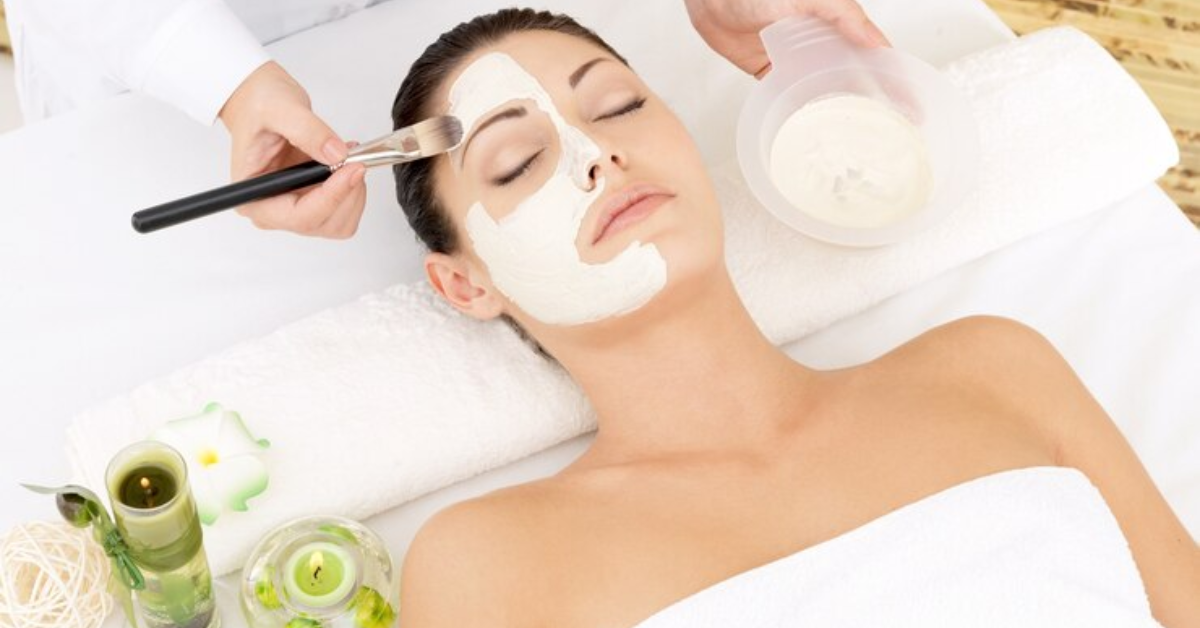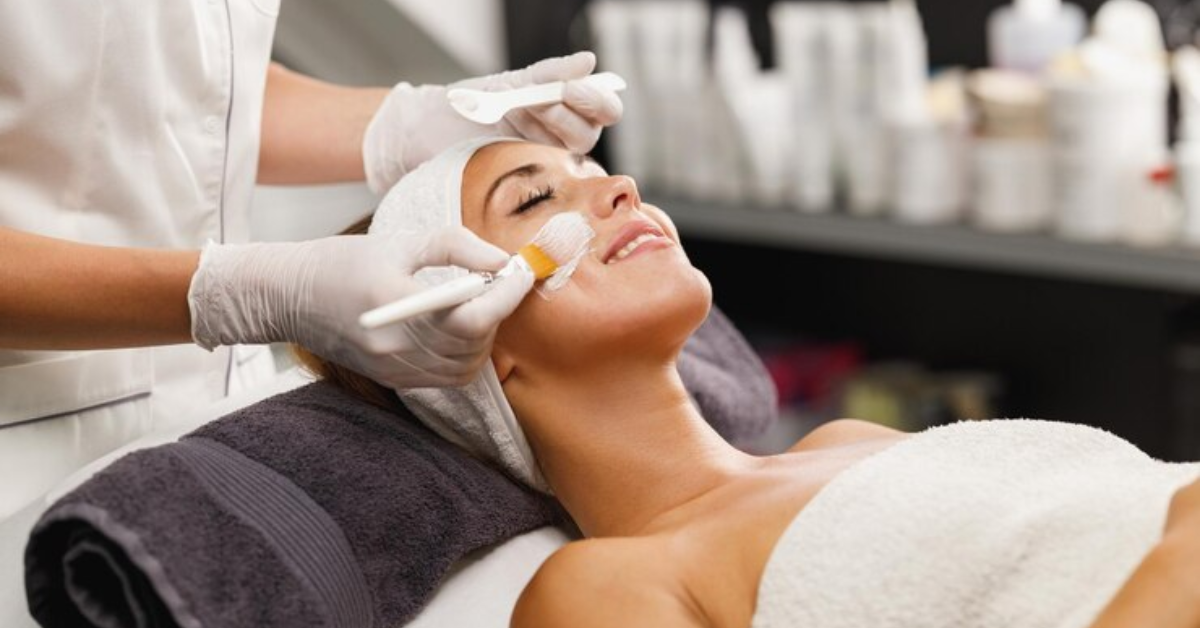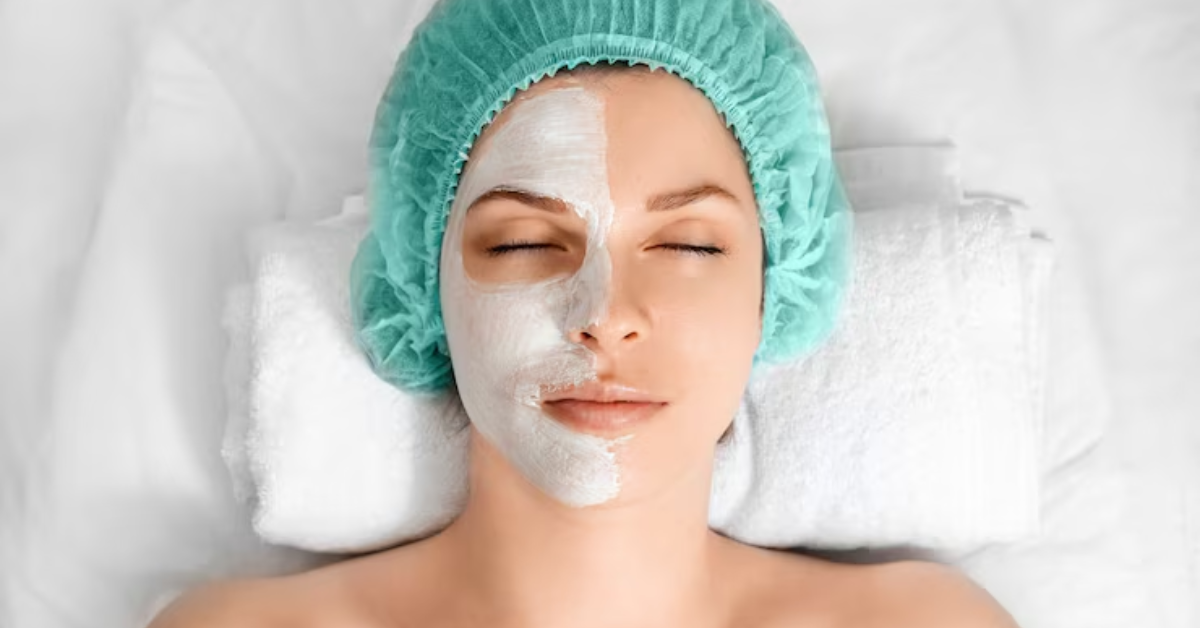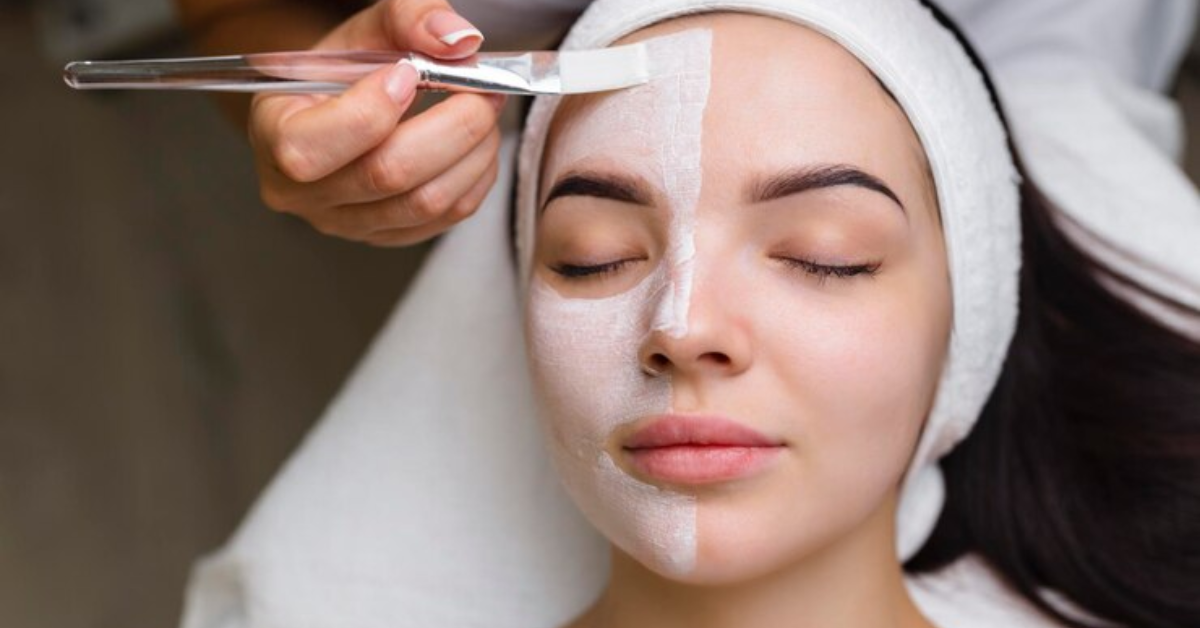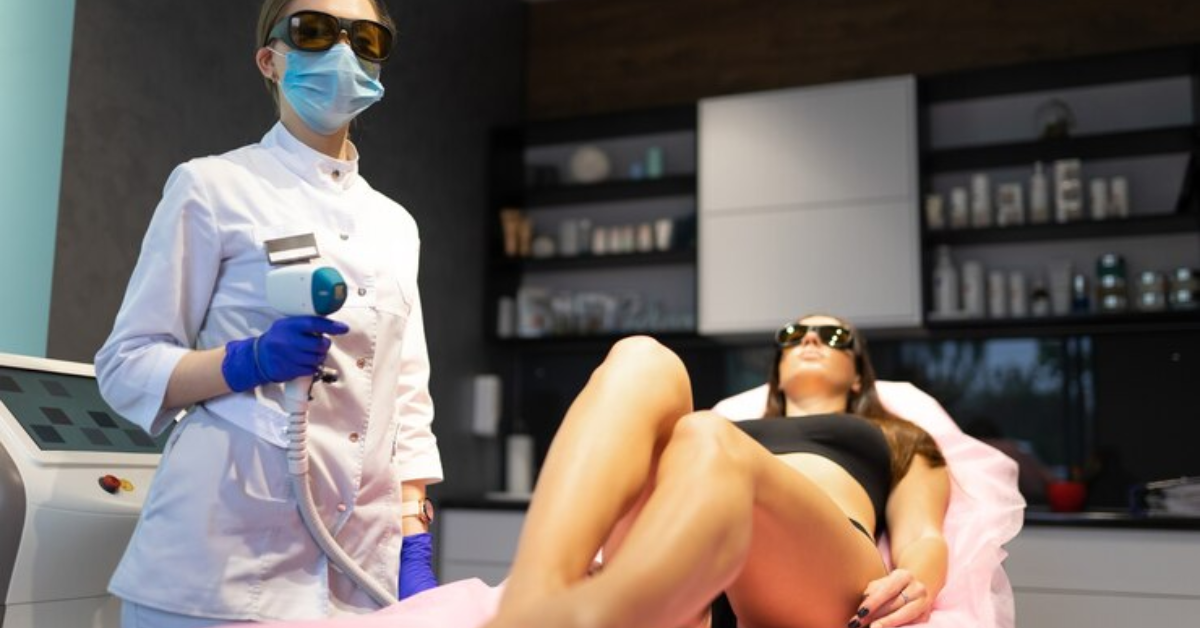Is Facial Laser Hair Removal Safe for Different Skin Types?
Facial laser hair removal has emerged as a popular method for achieving long-term hair reduction and smooth skin. This cosmetic procedure utilizes concentrated beams of light to target and disable hair follicles, curtailing unwanted facial hair growth. However, while it's widely recognized for its effectiveness, ensuring the safety and efficacy of this treatment across diverse skin types is imperative.
Facial laser hair removal involves the application of
laser technology to inhibit hair growth in specific facial regions. The process works by emitting a concentrated beam of light that penetrates the skin and is absorbed by the pigment in hair follicles, ultimately destroying them without causing significant damage to the surrounding skin.
Importance of Considering Skin Types in Laser Hair Removal
One critical factor influencing the safety and success of facial laser hair removal is the diversity of skin types. Human skin exhibits varying tones and levels of pigmentation, which significantly impacts how it responds to laser treatments. Understanding these nuances and tailoring the procedure accordingly is essential to ensure both the safety and effectiveness of the hair removal process across different skin types.
Addressing the safety concerns and efficacy of facial laser hair removal concerning diverse skin tones is pivotal in enabling individuals to make informed decisions about undergoing this procedure.
Laser hair removal treatments are most effective when nuances and considerations are considered for each skin type. This will minimize potential risks and maximize benefits.
Skin Types: An Overview
For laser hair removal to be safe and effective, it's crucial to understand different skin types. Here's an in-depth look at the various skin types:
Type I: Very Fair Skin:
Individuals with Type I skin usually have very fair or pale skin tones. They often have light-colored eyes and freckles. This skin type tends to burn easily and rarely tans. Typically, individuals with very fair skin respond well to laser treatments. However, there might be an increased risk of temporary side effects like redness or mild irritation post-treatment.
Type II: Fair Skin:
Fair-skinned individuals have slightly more pigmentation than Type I but still possess relatively light skin tones. They may have
blond or light brown hair. Laser hair removal can be effective for people with fair skin. Similar to Type I, there might be some temporary redness or mild discomfort after the procedure.
Type III: Medium Skin: Medium skin tones include individuals with more olive or slightly tan complexions. They often have darker hair colors and may tan moderately when exposed to sunlight. Laser hair removal can be effective for medium skin tones, but caution is necessary as there's a slightly higher risk of pigmentation changes or irritation. It's important to use appropriate laser settings for safety.
Type IV: Olive Skin:
Olive skin tones, typically seen in individuals with a
tan or light brown complexion often linked to Mediterranean or Middle Eastern origins, pose unique considerations for laser hair removal. While this skin type can respond well to the treatment, there's an increased susceptibility to pigmentation changes or temporary skin discoloration if the laser settings aren't precisely calibrated. This necessitates careful adjustment of laser parameters by trained professionals to minimize risks and ensure the effectiveness of the procedure for those with olive skin tones.
Type V: Brown Skin:
Brown skin tones, commonly observed in individuals with South Asian, Latin, or East African backgrounds, boast deeper pigmentation and a tendency to tan easily while rarely experiencing burns. Laser hair removal can yield
positive results for this skin type when utilizing appropriate lasers and settings. Yet, there's an elevated risk of potential side effects, particularly pigmentation changes, if the procedure is administered without the expertise of an experienced professional.
Type VI: Dark Brown to Black Skin:
Individuals with
darker skin tones, commonly found among people of African descent, boast deeply pigmented skin that rarely burns and exhibits a strong tendency to tan deeply. However, laser hair removal for darker skin tones necessitates specialized lasers and expert handling to mitigate the risk of pigmentation changes or burns. Ensuring precise laser types and settings becomes crucial to avert potential adverse effects and ensure the safety and efficacy of the procedure.
Safety of Facial Laser Hair Removal
Facial laser hair removal is generally considered safe when performed by trained professionals using appropriate equipment. However, several safety precautions and potential risks need consideration:
Undergoing facial laser hair removal demands the expertise of a certified and experienced practitioner for a safe and effective experience.
Skilled professionals assess skin type, hair color, and individual factors to tailor the most suitable approach. Prior to treatment, a thorough skin assessment identifies
potential risks and determines the optimal laser type and settings, ensuring safety. Both patients and practitioners should prioritize protective eyewear to shield the eyes from the laser's intense light during the procedure, enhancing safety measures. Prepare the skin by cleansing it and avoiding exposure to sunlight or tanning beds before treatment minimizes the risk of adverse reactions.
Pigmentation changes represent a primary risk linked to laser hair removal, potentially resulting in temporary or, in rare instances, permanent alterations in skin pigmentation. This risk escalates notably for individuals with darker skin tones if the laser settings aren't accurately calibrated. Post-treatment, some individuals might encounter temporary redness, swelling, or mild discomfort, which typically diminishes within hours to a couple of days. Though rare, additional potential risks encompass blistering, scarring, or burns, especially if the treatment is administered incorrectly or with improper settings. Adherence to stringent safety protocols notably diminishes these associated risks.
Suitability for Different Skin Types
Alexandrite Lasers:
These lasers are effective for individuals with fair to olive skin tones. They emit a wavelength that is well-absorbed by melanin and target hair follicles, making them suitable for lighter skin tones.
Diode Lasers:
Diode lasers are versatile and can be adjusted to suit a range of skin tones, making them suitable for individuals with medium to olive skin tones. They work by emitting longer wavelengths, allowing for deeper penetration into the skin.
Nd:YAG Lasers: Nd:YAG lasers have longer wavelengths and are safer for individuals with darker skin tones. They penetrate deeper into the skin, minimizing the risk of pigment changes or burns associated with darker skin types.
Considerations for Optimal Safety
Choosing the Right Laser: The selection of the appropriate laser type and settings is critical to ensure both safety and efficacy. Different skin tones require specific laser types and parameters to minimize adverse effects and achieve optimal results.
Importance of Professional Assessment: A professional assessment by a qualified practitioner is essential before undergoing facial laser hair removal. They evaluate skin type, hair color, and medical history to determine the most suitable treatment plan and minimize potential risks.
When considering facial laser hair removal, it's crucial to choose a laser type that aligns with your skin tone and undergo a thorough assessment by a trained professional. This approach ensures both safety and effectiveness in achieving desired results while minimizing potential risks associated with the procedure.
Risks for Different Skin Types
Pigmentation Changes: Individuals with darker skin tones (Types IV to VI) are at a higher risk of experiencing temporary or, in rare cases, permanent changes in skin pigmentation if laser hair removal is not performed correctly.
Skin Sensitivity:
Medium to darker skin tones might experience temporary redness, swelling, or discomfort after the procedure. Using appropriate laser types and settings helps mitigate these risks.
Potential Side Effects: All skin types might face potential
side effects such as temporary irritation, redness, or in rare cases, burns or scarring if the procedure is not conducted with proper care and expertise.
Understanding both the potential benefits and risks associated with different skin types helps individuals make informed decisions regarding facial laser hair removal, ensuring safer and more effective outcomes.
Preparing for Facial Laser Hair Removal
Before undergoing laser hair removal, several pre-treatment guidelines should be followed for optimal results and safety. Firstly, it's essential to minimize sun exposure and avoid tanning beds for several weeks prior to the treatment, as sunburned or tanned skin is more susceptible to adverse reactions during laser sessions. Additionally, shaving the treatment area instead of waxing or plucking ensures that the hair follicles remain intact for effective targeting by the laser.
Refraining from using skincare products containing retinoids, AHAs, or BHAs in the treatment area a few days before the procedure helps prevent skin irritation. Lastly, disclosing any medications, medical conditions, or recent cosmetic treatments to the practitioner during the consultation is crucial, as certain medications or conditions might influence the suitability of laser hair removal. Following these guidelines contributes to a smoother and safer laser hair removal experience.
The consultation and patch tests play a pivotal role in ensuring a
successful and safe laser hair removal experience. Consulting with a qualified professional before the treatment is crucial, as it allows for a comprehensive assessment of skin type, medical history, and hair color to devise the most suitable treatment plan. Patch tests, involving the application of the laser to a small area, serve to gauge skin reactions, aiding in determining the appropriate laser type and settings without subjecting the individual to a full treatment's risks.
Additionally, the consultation serves as an opportunity to discuss expectations, concerns, and any queries about the procedure, potential risks, and anticipated outcomes. It's during this consultation that the risks, benefits, and potential side effects of the procedure are thoroughly discussed, ensuring that individuals provide informed consent before proceeding with the treatment. This process fosters a clearer understanding of the procedure and contributes to a more informed and confident decision-making process for the individual.
Post-Treatment Care
- Apply a cool compress or gel to the treated area to soothe any immediate discomfort or redness. Avoid hot showers, saunas, or activities that could cause excessive sweating.
- Protect the treated area from direct sunlight. Use sunscreen with high SPF to prevent sun damage. Sun exposure can increase the risk of pigmentation changes or irritation.
- Keep the skin hydrated with gentle, fragrance-free moisturizers to aid in the healing process and prevent dryness.
- Refrain from using harsh skincare products or exfoliants on the treated area for a few days post-treatment to avoid irritation.
Long-Term Skincare Tips for Different Skin Types
Very Fair to Fair Skin (Types I & II): Use gentle skincare products suitable for sensitive skin. Regularly moisturize to maintain skin hydration.
Medium to Olive Skin (Types III & IV): Consider using products with ingredients like hyaluronic acid or aloe vera to soothe the skin. Monitor for any pigmentation changes and consult a professional if noticed.
Brown to Dark Brown Skin (Types V & VI):
Use moisturizers containing shea butter or cocoa butter to nourish and protect the skin. Strictly avoid sun exposure and always use sunscreen when outdoors.
Avoid Hair Removal Methods:
Avoid waxing, plucking, or using depilatory creams between sessions as these methods disrupt the hair growth cycle targeted by laser treatment.
Follow-Up Sessions: Adhere to the recommended
follow-up sessions as per your practitioner's advice. Multiple sessions are usually necessary for optimal results.
Consultation with Professionals: Regularly consult with professionals for skin assessments, especially if you notice any unusual changes in your skin post-treatment.
These post-treatment care tips, tailored to different skin types, help in ensuring a smoother recovery and maintaining the effectiveness of facial laser hair removal treatments.
Conclusion
The safety considerations surrounding facial laser hair removal for diverse skin types underscore the importance of precision, expertise, and individualized care. By understanding the nuances of each skin type and employing tailored approaches, practitioners can mitigate risks while optimizing results. While the procedure offers effective hair reduction benefits, it's crucial to prioritize safety measures, including proper assessment, suitable laser selection, and post-treatment care. Overall, facial laser hair removal, when conducted thoughtfully and with due consideration to individual skin characteristics, can be a valuable option for achieving smoother skin, yet it necessitates a meticulous approach to ensure safety and efficacy across varied skin tones.
BOOK YOUR FREE SESSION
We will get back to you as soon as possible
Please try again later
-
Locations
- Laser hair removal fort lauderdale
- Laser hair removal Hollywood
- Laser hair removal Pompano Beach
- Laser hair removal Pembroke Pines
- Laser hair removal Dania
- Laser hair removal Coral Springs
- Laser hair removal Margate
- Laser hair removal Coconut Creek
- Laser hair removal Deerfield Beach
- Laser hair removal Hallandale
- Laser Hair Removal Cooper city
- Laser hair removal davie
© 2021 Huggie Beauty Developed by LocalOptimize.co - All Rights Reserved

